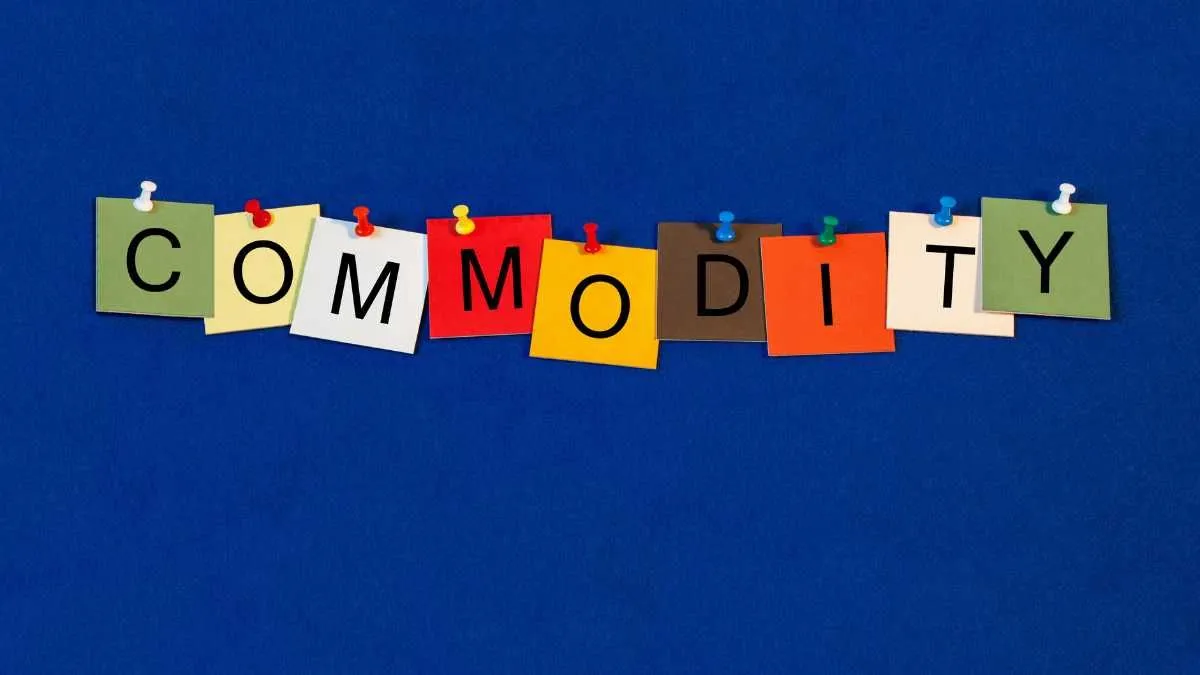Monday Jan 29 2024 11:17

8 min
1. Understanding the Basics of Commodity Channel Index (CCI)
2. Understanding the Basics of Commodity Channel Index (CCI)
2.1 Identifying overbought and oversold conditions using CCI:
2.3 Using CCI as a confirmation tool for other technical indicators:
4.1 1. Reliance on historical price data and limitations of CCI calculations:
4.3 3. Importance of combining CCI with other technical indicators for confirmation:

Technical analysis gives traders a lens to view and interpret market behaviour, often using historical price data to forecast future movements. The Commodity Channel Index (CCI) is one such tool that offers clarity amidst complex price fluctuations.
It measures how much a security's price has strayed from its statistical mean, serving as an intuitive indicator for spotting the ebb and flow of market dynamics.
By indicating whether a commodity is overbought or oversold, the CCI aids traders in pinpointing trading opportunities with efficiency and precision, making it an integral part of a trader’s toolkit for strategizing in the markets.
The Commodity Channel Index, commonly known as CCI, is a versatile indicator used in technical analysis to identify overbought and oversold conditions of an asset. Developed by Donald Lambert in 1980, CCI measures the current price level relative to its average price. It provides traders with valuable insights into price trends and potential reversals, making it a sought-after tool.
To calculate CCI, one needs to follow a simple formula:
CCI = (Typical Price - 20-period Simple Moving Average) / (0.015 * Mean Deviation)
Typical Price represents the average of high, low, and closing prices of a trading period, typically set as 20. By subtracting the 20-period Simple Moving Average from the Typical Price and dividing it by the 0.015 multiplied by the Mean Deviation, the CCI value is obtained.
CCI is a versatile indicator that provides traders with valuable signals and insights into market conditions. By understanding these signals, traders can make more informed decisions and potentially increase their trading success.
CCI values above +100 indicate overbought conditions, suggesting that the asset may be due for a price correction or reversal. Conversely, CCI values below -100 indicate oversold conditions, suggesting a potential buying opportunity as the asset may be undervalued. Traders can use these indications to time their entries and exit more effectively.

When CCI rises above +100, it generates a bullish signal, indicating that the price may continue to rise. Conversely, when CCI falls below -100, it generates a bearish signal, indicating that the price may continue to decline. Traders can use these signals to confirm their trading decisions and align them with the overall market sentiment.
CCI can be used in conjunction with other technical indicators to strengthen trading decisions. For example, if a trendline breakout coincides with CCI crossing above +100, it provides a stronger confirmation of a potential uptrend. By incorporating CCI into their analysis, traders can improve the accuracy of their trading strategies.
There are various strategies that traders can employ to maximise the benefits of CCI in their technical analysis. Here are three popular CCI strategies:
Divergence occurs when the price of an asset moves in the opposite direction from the CCI indicator. This can indicate a potential trend reversal. Traders can look for divergence between the price action and CCI to identify potential buying or selling opportunities.
For example, if the price makes lower lows while CCI makes higher lows, it could signal a bullish divergence and a potential uptrend.
Trend lines are commonly used in technical analysis to identify support and resistance levels. By incorporating CCI into trend line analysis, traders can identify potential breakout opportunities.
When CCI breaks out above +100 or below -100 while the price breaks through a trend line, it provides a stronger confirmation of a potential trend reversal. Traders can then enter trades in the direction of the breakout for potential profit opportunities.
Support and resistance levels are crucial areas on a price chart, indicating where the price tends to stall or reverse. By combining CCI with support and resistance levels, traders can validate potential entry and exit points. If CCI confirms a bounce off a support level or a breakout through a resistance level, traders can have higher confidence in their trades.
While CCI can be a powerful tool, it is essential to recognize its limitations and potential risks to avoid trading pitfalls:

CCI is based on historical price data, which means it may not always accurately predict future price movements. Additionally, as CCI is calculated using a fixed time frame, it may not perform optimally in all market conditions. Traders should consider combining CCI with other indicators to enhance its effectiveness.
Like any indicator, CCI can generate false signals or whipsaws, where the price briefly moves in the opposite direction before resuming the expected trend. Traders should exercise caution and use additional confirmation tools to reduce the risk of false signals.
CCI should not be used as the sole indicator for making trading decisions. Its effectiveness can be enhanced by combining it with other technical indicators, such as moving averages or volume indicators. This helps to provide a more comprehensive analysis and reduces the reliance on a single indicator.
Mastering the art of using the Commodity Channel Index (CCI) in technical analysis can significantly improve a trader's decision-making process. By understanding the basics of CCI, interpreting its signals accurately, and employing effective strategies, traders can gain an edge in the markets.
However, it is essential to recognise the limitations and risks associated with CCI and use it with other technical indicators to enhance its effectiveness. Continuous learning, practice, and adaptation are key to success in the dynamic world of technical analysis.
Learn and trade with market.com, the ultimate trading community.
“When considering “CFDs” for trading and price predictions, remember that trading CFDs involves a significant risk and could result in capital loss. Past performance is not indicative of any future results. This information is provided for informative purposes only and should not be considered investment advice.”